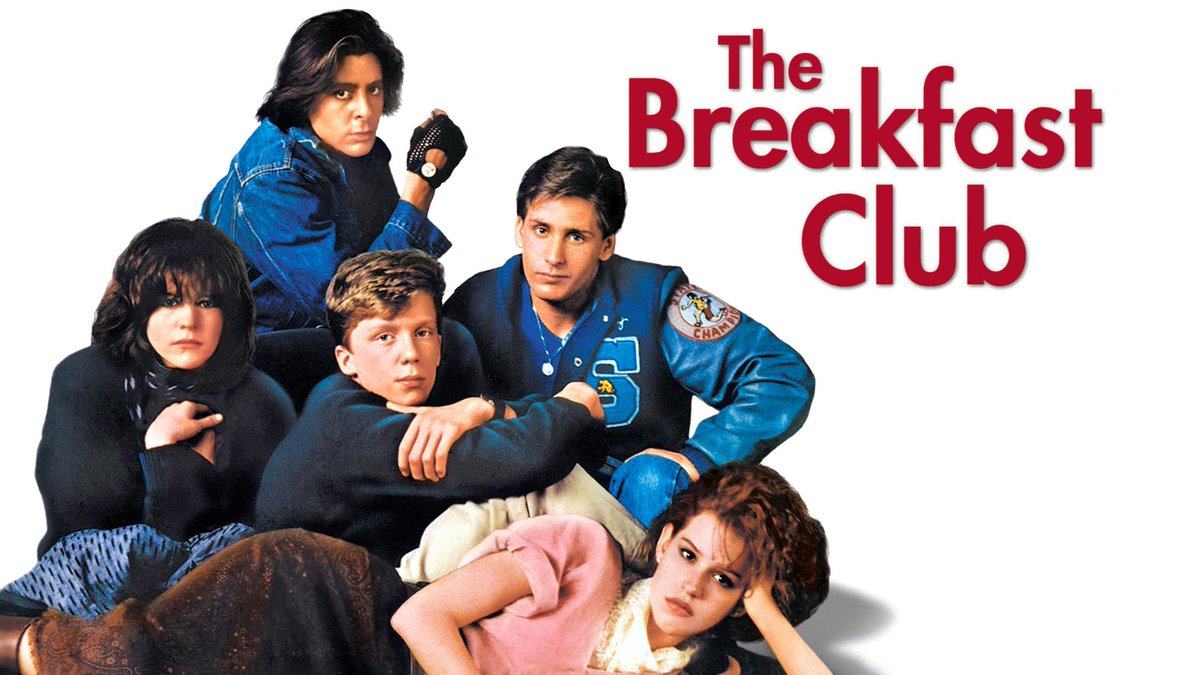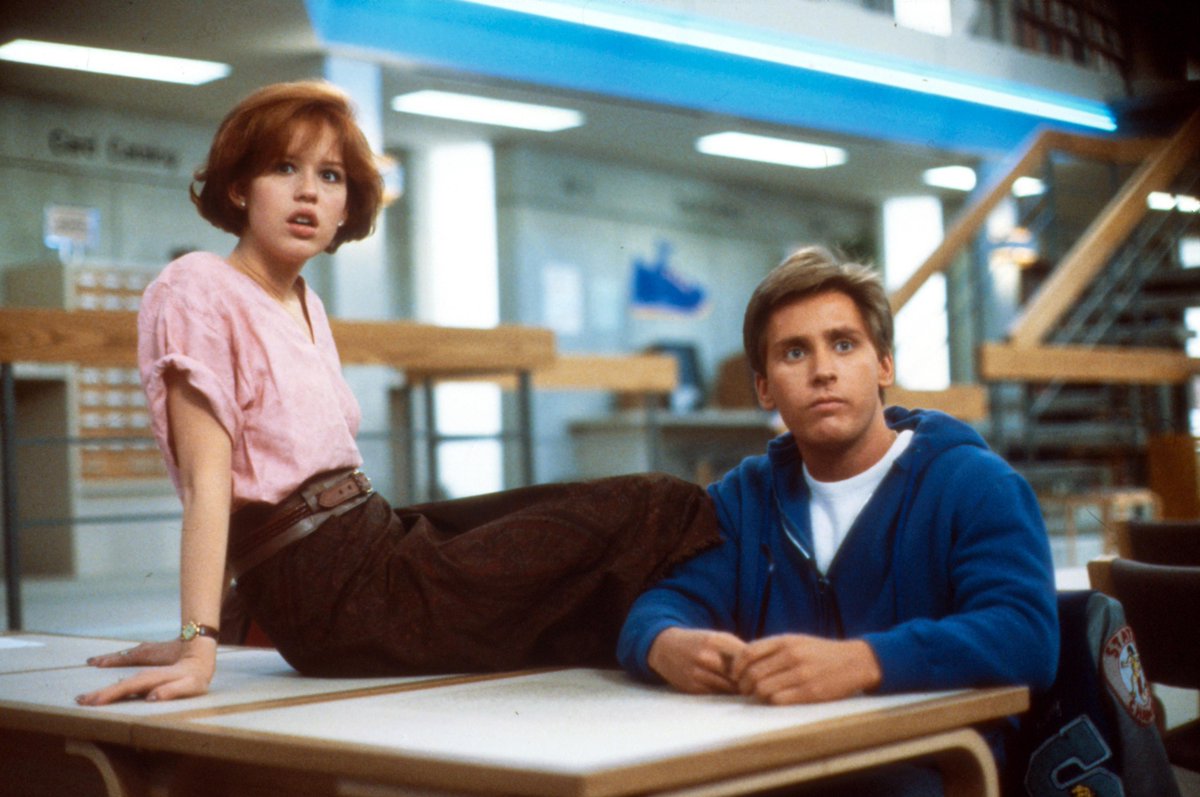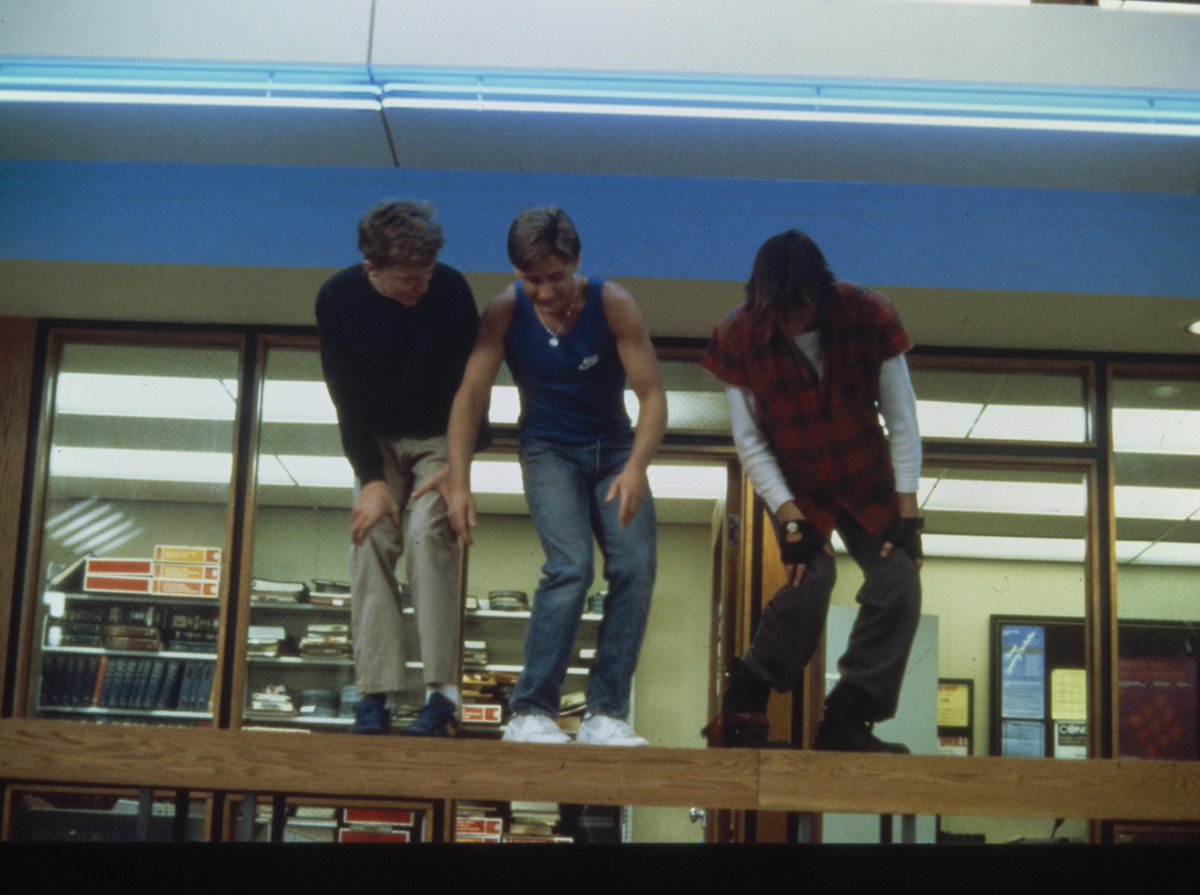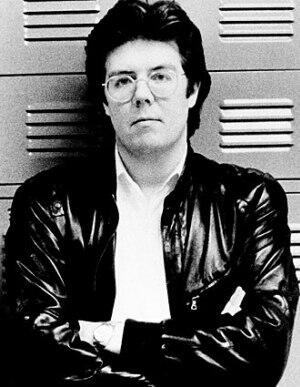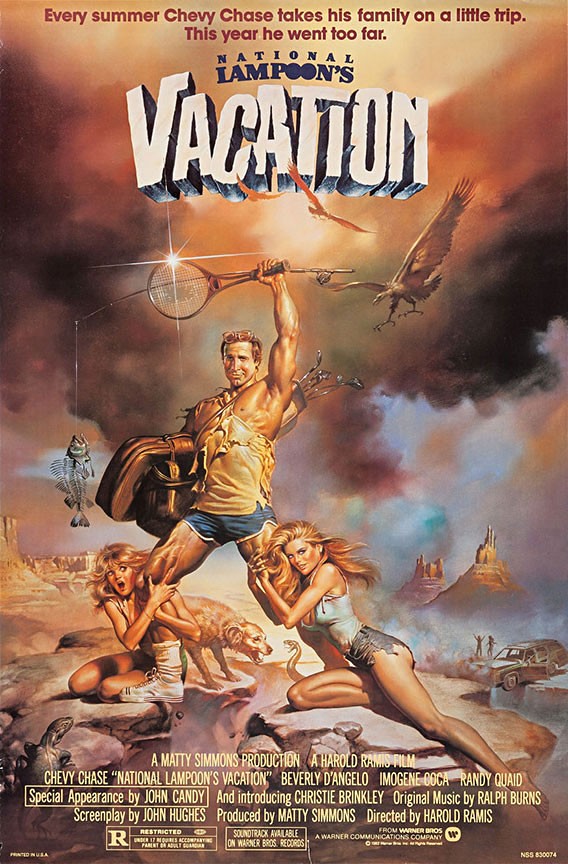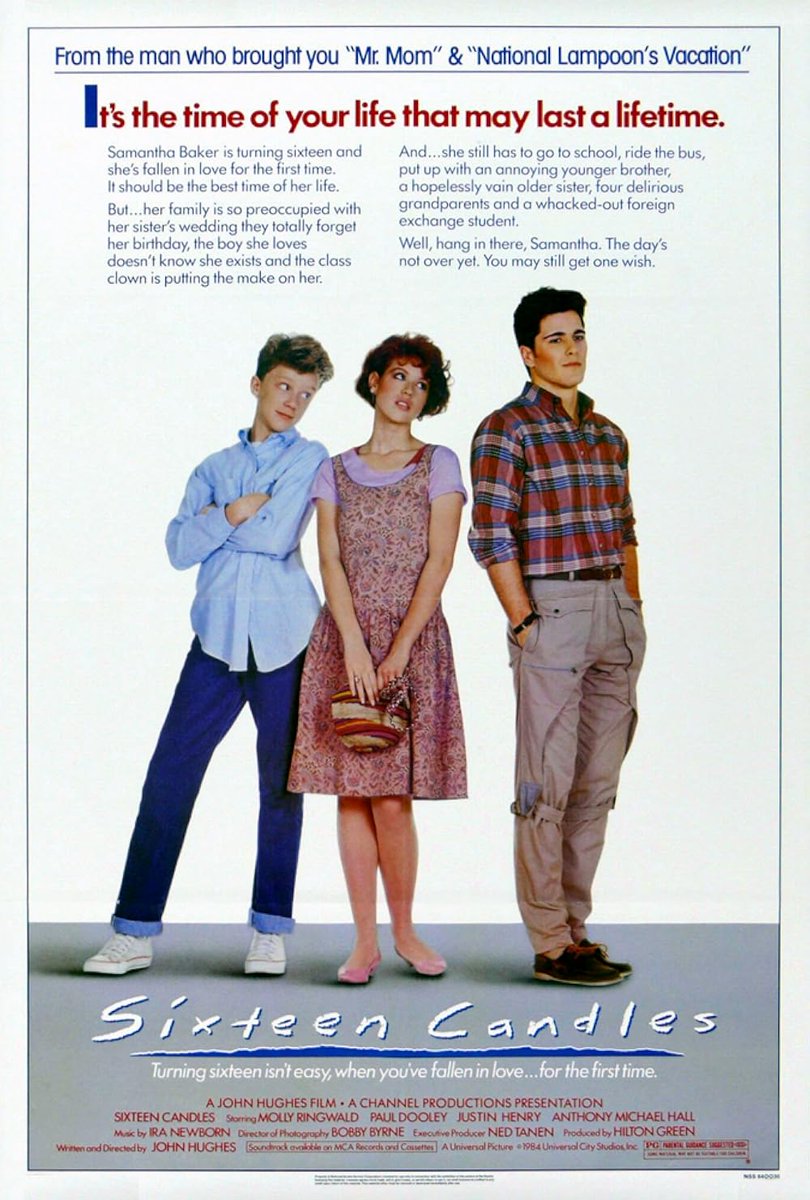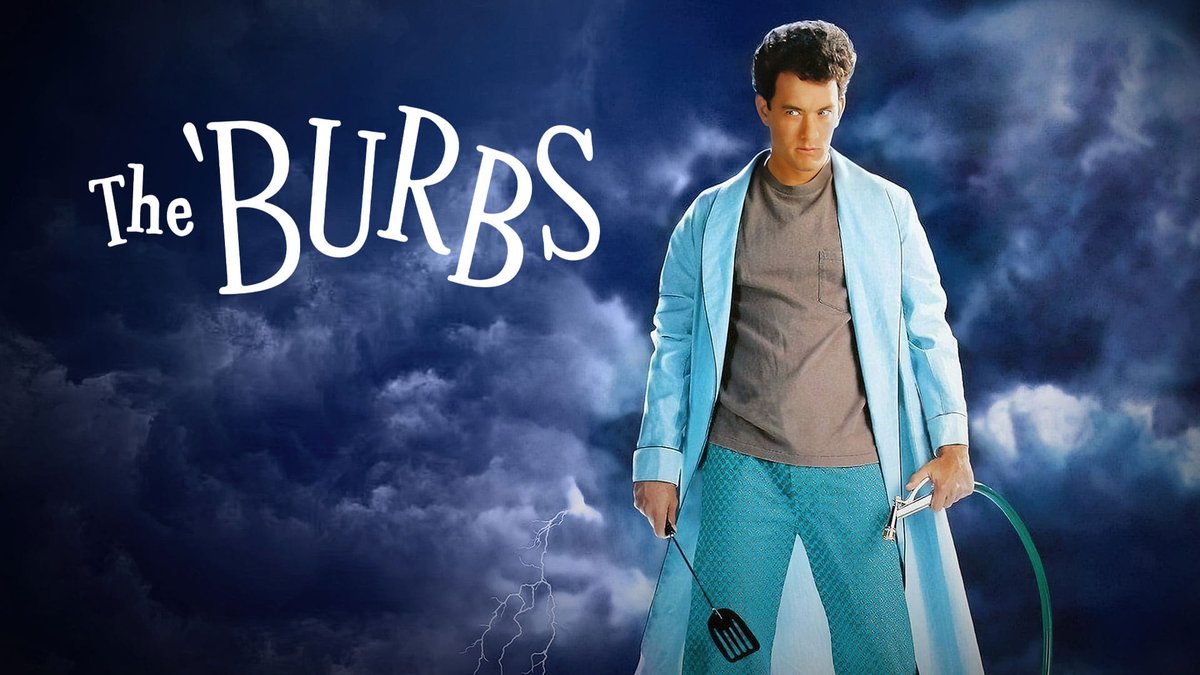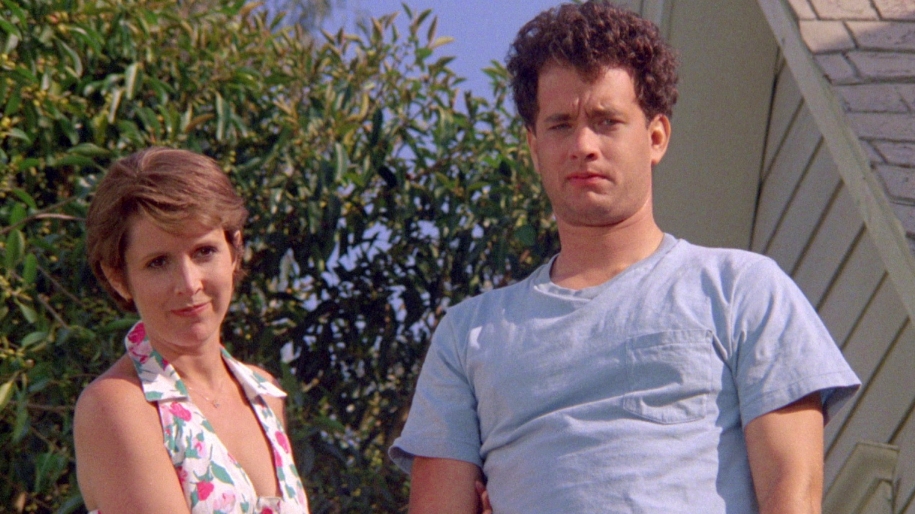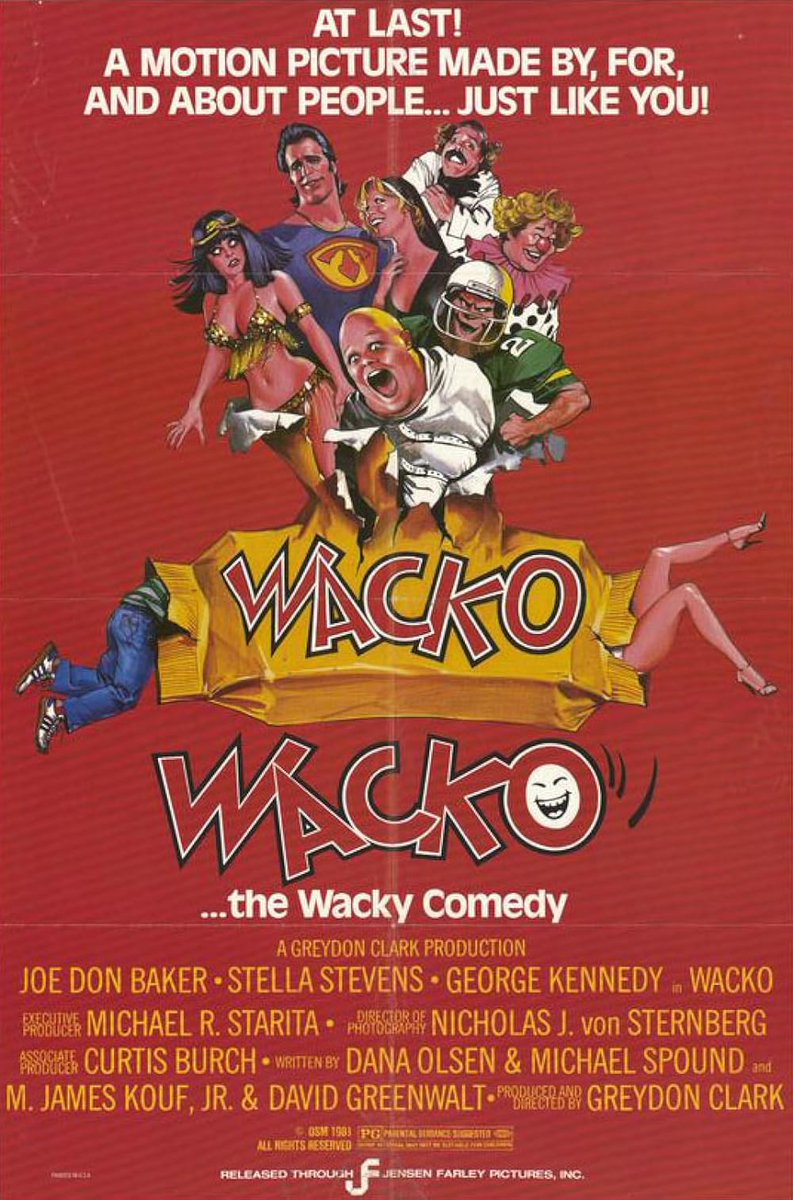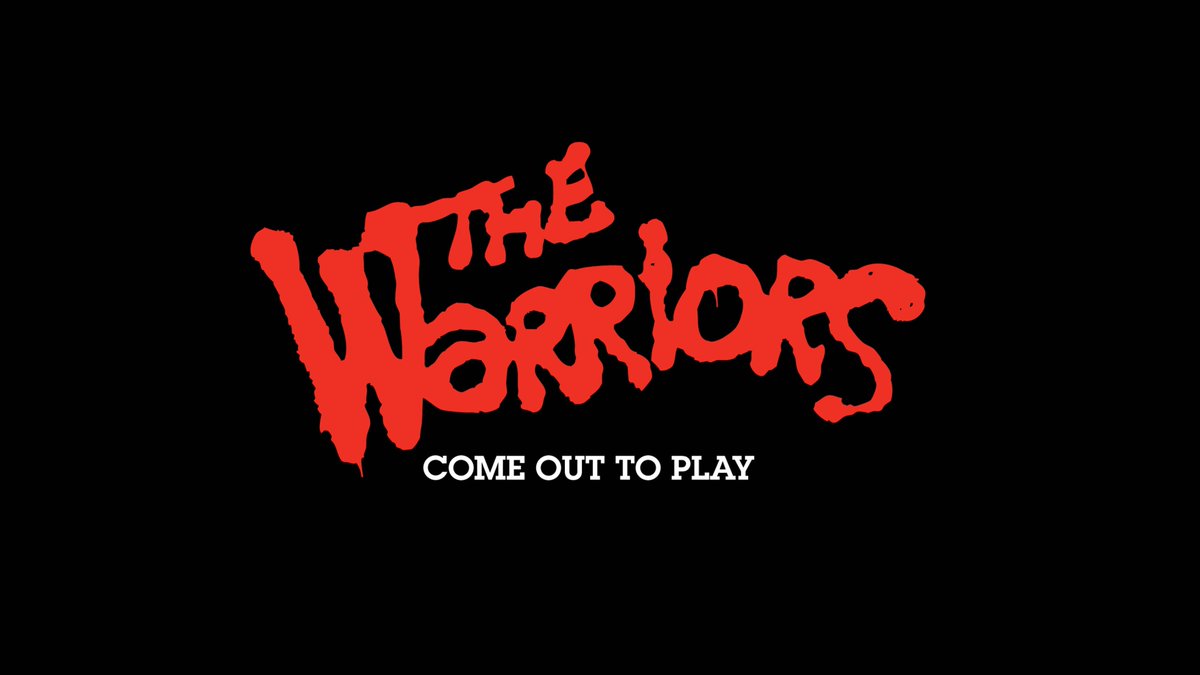TRAINSPOTTING was released 29 years ago today. Acclaimed as one of the great British movies and a generation-defining piece of pop culture, the behind the scenes story is as lacking in moral fibre as you’d probably expect…
1/44



1/44




Having had some success with Shallow Grave, producer Andrew MacDonald was looking for his next project. After reading Irvine Welsh’s Trainspotting on a flight, he gave it to Shallow Grave director Danny Boyle and writer John Hodge, convinced it would make a great film.
2/44


2/44



The novel is a dark comedy that revolves around the Leith, Edinburgh heroin scene. Welsh had previously resisted studio offers to adapt it, saying they "wanted to make a po-faced piece of social realism like Christiane F. or The Basketball Diaries".
3/44

3/44


Boyle and Hodge were very excited by the book and not to be deterred. Boyle convinced Welsh to let them option the rights by writing him a letter stating he (Welsh) and Andrew MacDonald were "the two most important Scotsmen since Kenny Dalglish and Alex Ferguson".
4/44

4/44


Before he was a screenwriter, Hodge had been a doctor and often dealt with heroin addicts. He completed a first draft in just two months and. backed with that script, MacDonald secured funding from British TV station Channel 4, with PolyGram as distributors.
5/44

5/44


Boyle’s first choice for the part of lead character Mark Renton was Ewan McGregor. Boyle wanted somebody with the charisma of Michael Caine and Alfie and, having already impressed as the lead in Shallow Grave, MacGregor was quickly cast.
6/44

6/44


To play a heroin addict, MacGregor shaved his head and lost 26 pounds in weight by “grilling everything” and drinking gin instead of beer. He also met people from the Calton Athletic Recovery Group in Glasgow and even briefly considered injecting heroin for real.
7/44

7/44


In casting Diane, Boyle was keen on hiring somebody with no acting experience so nobody would realise he had a 19 year old playing a 14 year old. Flyers were put up around nightclubs and bars in Glasgow asking “Do you want to be the next Sharon Stone?”
8/44

8/44


Kelly MacDonald was working as a waitress in a cocktail bar and came across the flyer. She auditioned, thinking it would get her into drama school. “I kept getting called back” she said later, “and drama school was out the window.”
9/44

9/44


MacDonald had no formal acting training at the time Macdonald and turned up at the open auditions in a charity shop jumper and ripped jeans. Boyle later said “It's a terrible cliché, but as soon as she sat down I said ‘That's her’.”
10/44

10/44


The film was released on her 20thbirthday and, in her youthful naiveté, MacDonald invited her mother and brother to the set while filming Diane’s sex scene with Renton. MacGregor’s wife at the time, Eve Mavrakis, said the scene was “the only time I have ever felt jealous."
11/44

11/44


Jonny Lee Miller was cast as Simon ‘Sick Boy’ Williamson when Boyle saw him in Hackers. In the film, Sick Boy is obsessed with Sean Connery, and Miller also impressed with an unerringly accurate Connery impersonation at his audition.
12/44

12/44


London-born Miller said he practiced his Scottish accent in bars around Glasgow. “if I could get away with a Scots accent in a Glasgow pub then you can get away with it anywhere.” It wasn’t until the wrap party that some of the crew found out he was putting on an accent.
13/44

13/44


Christopher Eccleston (who also appeared in Shallow Grave) was offered the role of hard man Francis ‘Franco’ Begbie, because he looked how Boyle imagined Begbie in the book. Daniel Craig was also reportedly considered, until Robert Carlyle auditioned.
14/44


14/44



Carlyle was reluctant to play Begbie, believing he was too short at 5’6”. Boyle told him “small psychos are better" and Carlyle later admitted "I've met loads of Begbies. Wander round Glasgow on Saturday night and you've a good chance of running into Begbie."
15/44

15/44


Years later, Carlyle said that he played Begbie as a gay man whose violent outbursts were due to his "fear of being outed". And Boyle and Carlyle agreed Begbie should have a “homosexual Ian Rush look”, hence the moustache.
16/44

16/44


Ewen Bremner had previously played Renton in a stage adaption of Trainspotting. He later said he was a bit put out at not being cast as him here, but Boyle convinced him to play Daniel ‘Spud’ Murphy. He later said “I'm so pleased to have done it and I still love it."
17/44

17/44


Kevin McKidd played Tommy Mackenzie, and Boyle said meeting him was "like meeting one of the Beach Boys at the height of their fame -- the perfect picture of innocence." He’d previously played Malky in 1960s Glasgow-set Small Faces.
18/44

18/44


There are come creator cameos. Irvine Welsh plays heroin dealer, Mikey Forrester. Andrew MacDonald is the potential buyer of the Victorian Townhouse Renton tries to sell. And John Hodge is the store security officer chasing Renton and Spud in the opening.
19/44

19/44


Scottish football commentator Archie MacPherson shows up too. He re-recorded his famous commentary of Archie Gemmill’s iconic goal at the 1978 World Cup, adding some risqué double entendre as it accompanies the sex scene.
20/44

20/44


The title of the film has been subject of much discussion. Welsh would later say that he thought of ‘trainspotting’ as a euphemism for drug-taking as it describes an obsessive hobby not really understood by people who don’t partake in it.
21/44

21/44


The ‘Choose Life’ monologue was originally recited in the middle of the film. Boyle and Hodge were struggling for a good opening when they had the idea of moving the speech to the beginning. And the football team we see are the Calton Athletic Recovery Group, mentioned above.
22/44

22/44


Sick Boy was named after a song by 1970s punk band, Charged GBH. And Renton’s line “There was no such thing as society, and even if there was, I had nothing to do with it” is a jab at Margaret Thatcher, who was criticised for saying there was no such thing as society.
23/44

23/44


The film has a famous soundtrack despite a very small budget. One of the reasons is because David Bowie was a fan of the novel and Shallow Grave. Bowie co-wrote Lust for Life and put in a good word with Iggy Pop and his pal Lou Reed, who wrote Perfect Day.
24/44

24/44


Oasis were one of the biggest bands in Britain at the time and were asked to appear on the soundtrack. Noel Gallagher said no, however, later admitting “I honestly thought it was about trainspotters. I didn't know.”
25/44

25/44


The scene where Sick Boy and Renton are in the park with the Air Rifle was going to be set to the theme from Mission: Impossible. At the time, the M:I film with Tom Cruise was in pre-production and the rights to the music went up to 3x the budget for Trainspotting.
26/44

26/44


That scene was shot 3 days from the end of filming, and Miller and MacGregor turned up hungover. In Boyle’s words, “absolutely wrecked”. This is why they are lying down most of the scene, they weren’t too great on their feet that day.
27/44

27/44


The low budget meant Boyle had to get creative. Many scenes were shot in one take, and filming the scene where Renton shoots the dog and it attacks its owner, Boyle stood just outside the frame and screamed at the dog, leading to it freaking out.
28/44

28/44


Production Designer Kave Quinn had to improvise, too. Before production, she advised that, rather than hiring props (as is normal practice) they should let her visit second hand shops. She said “On Trainspotting about 98 per cent is cheap junk we bought."
29/44

29/44


Maybe the most famous moment is the foot chase opening through the streets of Edinburgh. Boyle said the Spike Jonze-directed video for Sabotage by The Beastie Boys was a major influence on the sequence.
30/44

30/44


Filming took place in the height of summer, which caused a problem for night shoots. Scotland in summer is only pitch dark between about 11pm and 4:30am meaning Boyle and the crew had to cram in a lot more filming than they would normally plan for.
31/44

31/44


To film the famous toilet scene, the production team cut a toilet in half and placed a wooden shoot behind it. Then, filming MacGregor sliding down the chute from a certain angle, it looks like Renton disappears down the toilet. The technique is called trompe l'oeil.
32/44

32/44


And even though it looks very realistic, the excrement in the toilet was mostly made from chocolate mousse. MacGregor said it actually “smelled quite pleasant.”
33/44

33/44


In coming up with the toilet scene, Boyle was reportedly inspired by a similar moment in Thomas Pynchon's novel Gravity's Rainbow. And more generally, he was influenced by the look and colours of Francis Bacon art, which he called "part reality, part fantasy."
34/44

34/44


Prior to filming, Boyle had the cast prepare by watching other films about rebellion and youth, including The Hustler and A Clockwork Orange. And the Volcano nightclub set was inspired by the Korova Milk Bar set from A Clockwork Orange.
35/44



35/44




For the shots of Renton injecting himself, a prosthetic arm was constructed with pulsing veins, ‘smack tracks’ and small pockets of blood that would split and run when the skin was punctured by the needle.
36/44

36/44


When Renton overdoses at Mother Superior's, he sinks several feet into the carpet (or appears to). This effect was created by some clever camera placement and a trap door, which MacGregor vanished through at the right moment.
37/44

37/44


Twin babies were used to play the part of Dawn, so neither was in front of the camera too long. All of the cast would play with the two babies between takes. MacGregor later said it helped break the tension of some of the more difficult scenes prior to filming them.
38/44

38/44


The budget was just £1.5m, and the production lasted only 35 days. However, when the studio saw the film, they put almost that much again into marketing, such was their faith in what Boyle had produced.
39/44

39/44


The film screened at the Cannes Film Festival in 1996, and the party afterwards was legendary. Leonardo DiCaprio, Mick Jagger and Damon Albarn were there, among others. And Irvine Welsh and Noel Gallagher were reportedly found on pool loungers at 7am.
40/44

40/44


One of the most famous images associated with the film is the poster. It was shot by photographer Lorenzo Agius just hours after filming wrapped. Kevin McKidd was on holiday, and so missed out on being part of one of the most famous movie posters of the 1990s.
41/44
41/44

The film was controversial on its release due to its graphic drug-taking content. United States Senator Bob Dole heavily criticised Trainspotting and Pulp Fiction for glorifying drug use and romanticising heroin, but later admitted he hadn't seen either film.
42/44

42/44


Despite the £1.5m budget, Trainspotting grossed almost £50m at the box office, a huge return. And John Hodge was nominated at the Oscars for Best Adapted Screenplay. Today, Trainspotting is a cult classic, and regarded one of the great British movies.
43/44



43/44




Finally… after the film was screened to American test audiences, the filmmakers found nobody could understand what the characters were saying. Subtitles were discussed but instead, the actors were all brought back in to re-record the stronger parts of dialogue.
44/44

44/44


If you liked our story behind the making of TRAINSPOTTING, please share the opening post 😃
https://x.com/ATRightMovies/status/1893609301769384211
Our latest podcast is on MARY POPPINS. Full of big laughs and opinions so please give it a listen 😃
alltherightmovies.com/podcast/mary-p…
alltherightmovies.com/podcast/mary-p…
• • •
Missing some Tweet in this thread? You can try to
force a refresh










